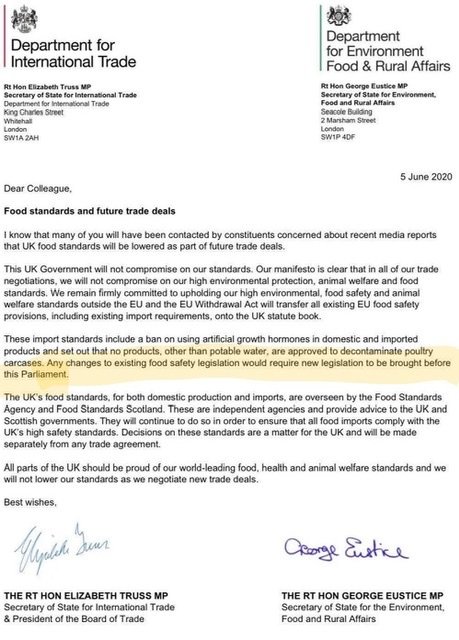-
Content Count
7,934 -
Joined
-
Last visited
Content Type
Profiles
Forums
Calendar
Posts posted by peejay4A
-
-
Doesn’t the ptfe tape get scraped off when you slide the joint together? Is there a technique to it?
-
Yep. If you look at Ian's post you'll see he has altered the reference to the stabiliser bar from Stuart to Stef.
-
I’ve used ep 80/90 then Penrite 40 then ep 80/90. No perceptible difference.
-
Called the “lump” if I recall correctly.
-
If I were you I’d drain it and replace with GL4. GL5 additives might be attacking the synchromesh teeth. That’s the opinion of many in the past. I’m no oil engineer though.
-
I think you’re referring to Stef’s picture Ian.
-
Just to add the opposite view, I've got a standard exhaust manifold (because it's better than many tubular ones) with an ARE heat shield and cold air feed. It's fine.
-
I agree with Mike. A 1" hole won't allow you to see get an 8 point socket (you'll need that for the square plug) and extension onto the plug let alone get it back into place. With a 3" floor grommet in there it's a breeze once you've sorted out the carpet. I just lift up the tunnel section of my carpet and there it is.
-
Royal Blue I expect Tony.
-
It looks as though we need a sarcasm emoji.
-
1 hour ago, wjgco said:
Dispicable man, or dispicable politics?
Get one, get the other.
-
I don't think Farage was sacked, his contract wasn't renewed. Despicable man.
-
My type 2s also bolt though the body into the boot area.
-
On 6/3/2020 at 5:06 PM, ianc said:
The instrument which we call the ammeter is really a voltmeter!
On the back of the instrument is a low value resistor, called a shunt. The value of the shunt (in ohms) is adjusted by the supplier to suit the scaling of the instrument, which is probably +30 to -30 amps.
If the connection to the shunt becomes loose, the ammeter is likely to provide odd and inconsistent readings, and charging of the battery could be on/off.
That said, I would agree that the likely culprit in this case is the regulator.
I have noticed a number of posts stating that an electronic version of the regulator, which has the appearance of the Lucas box, seems to work very well. In view of the fact that reproductions of the regulator seem to provide problems, if sticking with a dynamo, I would opt for an electronic version if I were unable to find an old (1950s/1960s) Lucas regulator.
Ian Cornish
That's true for a moving coil ammeter where a shunt is required to measure current. The TR ammeter is a moving iron instrument and all the current passes through a few turns of very thick copper wire. The resultant magnetic field deflects the moving iron which is attached to the pointer. Even with a low resistance shunt, maybe to extend the maximum reading, the meter is still measuring current directly, but not all of it.
-
CV joint grease for me.
-
-
If you don’t care about animal welfare then you’ll probably be OK with chlorinated chicken.
-
-
As I understand it chlorination is an attempt to mitigate the effects of the appalling conditions the birds are reared in where disease is rife. No thanks.
-
I read somewhere that a condition of importing such things as chlorinated chicken from the US will be that the source is not to be marked on the product. If that’s true how do you choose?
-
Not wishing to complicate matters but after one heat cycle any air below the radiator cap will have been replaced by coolant drawn from the overflow bottle. This is why it’s correct that when cool the water level will be at the base of the radiator cap.
-
That’s how mine is and how it should be I believe.
-
While you’re looking into it make sure you have the correct type of radiator cap. It should be bidirectional, having a small valve in the centre which opens to allow coolant back into the radiator when cooling down. As Andy points out it should be a 7 lb cap and the overflow pipe should be immersed int the overflow bottle which should be 1/3 full when all is cold. Make sure that the pipe has a slash cut at the end so it doesn’t get sucked into the base of the bottle.
-
Somebody has wired the inhibit switches to operate like an A type. As I have done on my 4A.





trouble
in Forum Help / Rules
Posted · Edited by peejay4A
Not necessarily. Https just means you have a secure connection and that your browser is happy with the site’s certificate. An expired certificate can give those symptoms but that doesn’t seem to be the case here.